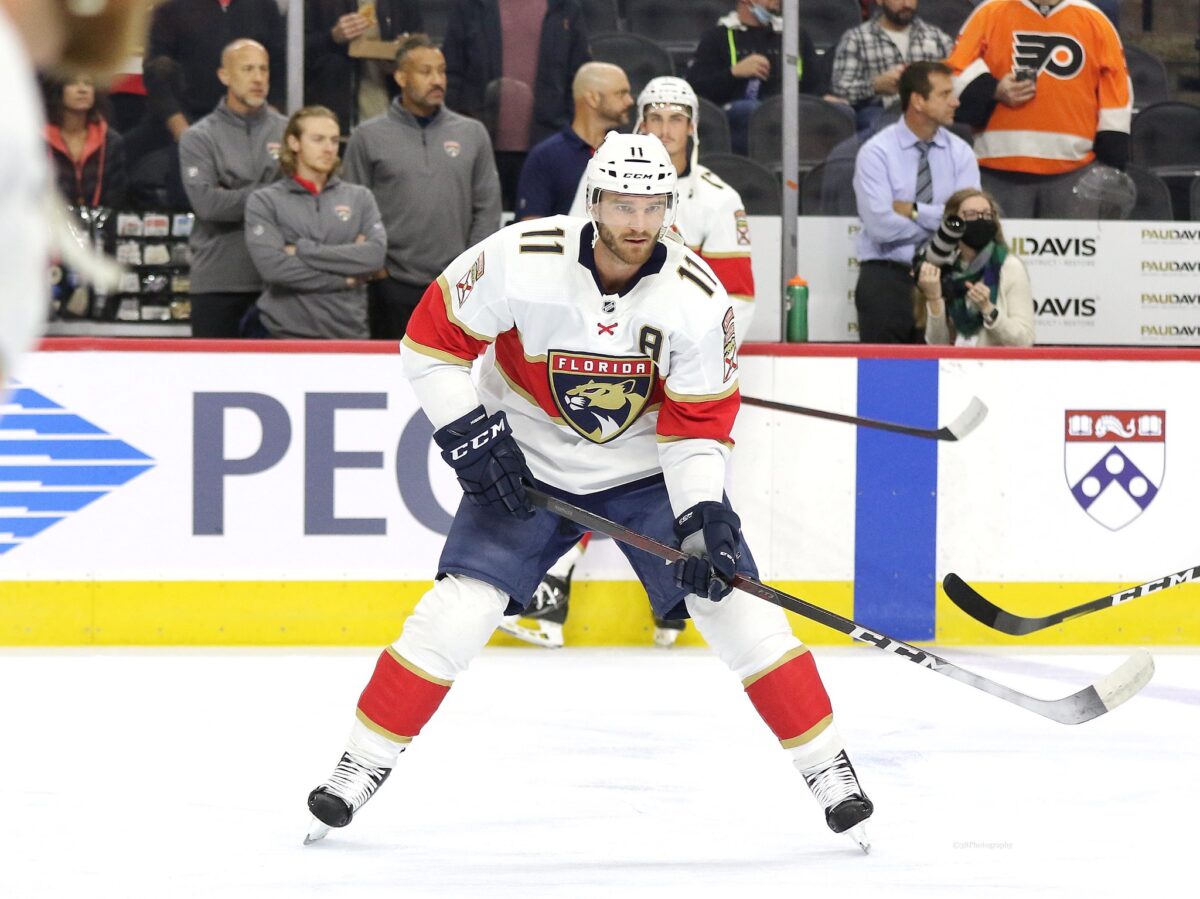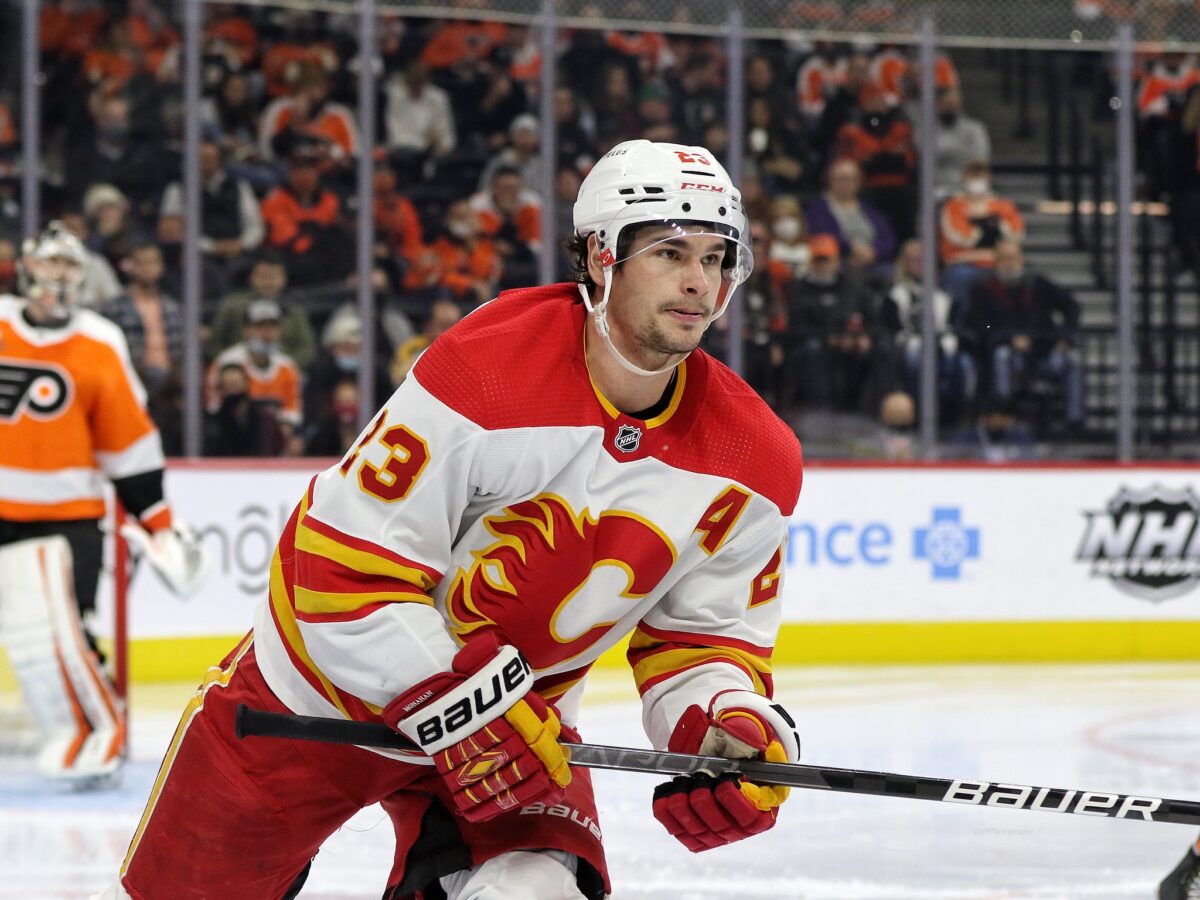The Calgary Flames have had a busy offseason adding and signing some of the biggest names out there. They have had to make moves in order to remain a contender as well as stay under the salary cap, but things are looking up for the near future.
Elliotte Friedman and Jeff Marek spoke to NHL deputy commissioner Bill Daly recently about the expected rise in the salary cap in the coming years coming out of the pandemic. Daly spoke on the topic saying, “I’ve seen some preliminary estimates recently which would make me more optimistic on the cap going up sooner whether that’s in two seasons or three seasons, I think it’s more likely than not two seasons rather than three.” The salary cap rose each season from 2013-14 to 2019-20.
This season and likely one to two more, the salary cap will increase by just $1 million. After that, things will open up and escrow will have been paid as Gary Bettman anticipates, allowing for the cap to make larger jumps up each year. This will only help the Flames stay in contention longer and make some contracts that may look really bad in the future, manageable.
Flames’ Have Less to Worry About Down the Line With Their 3 New Stars
The Flames acquired Jonathan Huberdeau and MacKenzie Weegar in a trade this offseason, replacing Matthew Tkachuk who went the other way to the Florida Panthers. In doing so, Brad Treliving took a risk as Huberdeau and Weegar only had one year remaining on their deals. Huberdeau was since locked up to an eight-year deal worth $10.5 million average annual value (AAV), which will take him to age 38. Though it looks good right now and he deserves the pay raise for posting four consecutive point-per-game seasons and finishing second in the NHL in scoring last season, it’s very hard to imagine the contract won’t look bad near the end of it.

All players slow down as they age and get into their mid-to-late 30s. Superstars are no different, but sometimes they can hold off the regression better than others. However, Huberdeau likely won’t be a 100-point scorer deep into his deal and the $10.5 million will start to look bad. But the percentage of the salary cap he will take up in the later years will be much lower than the percentage next season if the salary cap starts to rise more and more as anticipated.
The Flames will be in the same boat with Nazem Kadri, only worse off. He is two years older than Huberdeau and is signed for seven more years, taking him to age 38. Again, this looks good right now and fills a much-needed hole that was left at the top of the lineup with the departures of Matthew Tkachuk and Johnny Gaudreau. But with a career year at age 30, his production is bound to regress faster than Huberdeau’s.
Related: Flames’ 5 Worst Contracts of 2022-23
Weegar is an interesting case because he has yet to be signed long-term. He and the Flames are discussing it as he said that he would be open to the possibility after he was traded to Calgary. To lock up a player of his calibre long-term, it will likely take a seven or eight-year deal to do it. Defencemen develop slower and if they aren’t driven just by offensive success, can remain relevant for longer. Weegar is a strong defensive player and his next possible contract will take him deep into his 30s at a lower, more manageable AAV. The more veterans that are locked up long-term, the more it helps that the salary cap will see a bump in the coming years.
Salary Cap Rise Will Allow for Flames to Keep Stellar Defence Core Intact
The best or one of the best defence cores has been assembled in Calgary for this upcoming season. Combined with the defensive style of coaching Darryl Sutter teaches, it’ll be very difficult for even the best offensive teams to compete against them. There are 10 defencemen on one-way contracts as of right now, and the top-six look like this:
Noah Hanifin – Rasmus Andersson
Nikita Zadorov – MacKenzie Weegar
Oliver Kylington – Christopher Tanev
With a great group like that, nobody is paid too much…yet. But a lot of the players have already earned raises on their next deals including Hanifin, Andersson, and Weegar. It is manageable right now because there is no clear number one defenceman and nobody is being paid more than $5 million per year. In fact, none of the six are being paid less than $2.5 million per year, and a team will typically have a bottom pair making less money than that.
As the market has shifted, top defencemen are now getting paid a lot more. As a result, it will be a challenge to keep the core intact while also remaining competitive at forward and in goal.
Flames Won’t Be Wasting So Many Future Assets to Work Around the Cap
The Flames are one of the best examples this offseason as to the cost of moving a bad contract. As they could very well be a victim of that in the future with a couple of the ones they have, saving assets is essential to building from within. They were forced to trade Sean Monahan and a first-round pick in order to move the contract because his production dropped off so much.

Another player that discussions have been surrounding for a while is Milan Lucic. He plays his role well but is overpaid entering the final year of his deal. There is still a possibility the Flames could move him, but it will cost another good asset to complete a trade. Great teams build from within, and a team will have a hard time doing so if they are always giving up high picks or good prospects to move bad contracts.
The Flames have kept their Stanley Cup window open with the moves they made this offseason. With the salary cap about to make jumps at larger increments, it will allow that window to remain open even longer and give Canada a better chance at bringing the Cup back home.
